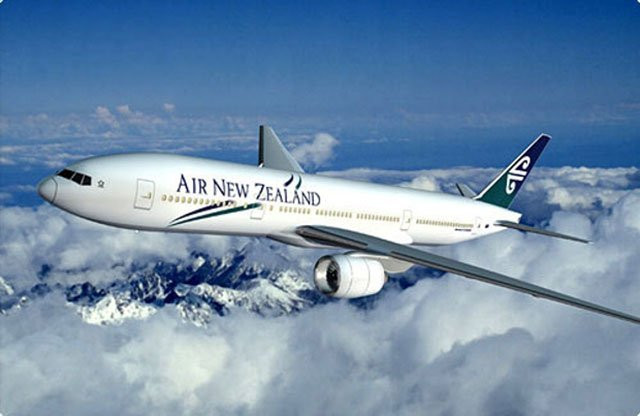Air New Zealand to use 3D printing to create aircraft cocktail trays
The airline aims to install the trays in the coming weeks once it receives regulatory approval

PHOTO: AFP
The airline aims to install the trays in the coming weeks once it receives regulatory approval.
3D printing set to revolutionise defence industry
"A big advantage of 3D printing is that it allows us to make cost-effective lightweight parts ourselves, and to do so quickly without compromising on safety," Air New Zealand Chief Operations Officer Bruce Parton said in a statement.
Additive manufacturing, or 3D printing, is used to build objects by adding layer-upon-layer of material, such as plastic or metal. The technology poses a threat to traditional manufacturers who may increasingly see clients build their own parts or products.
Parton said Air New Zealand was looking to use 3D printing more as sourcing aircraft parts from manufacturers was costly and caused storage problems.
"We often only require a small number of units which can be really expensive to produce using traditional manufacturing methods and can involve frustrating delays while a replacement part is delivered," he said.
French boy gets 'superhero' 3-D-printed prosthetic hand
Aircraft and aerospace companies are increasingly looking to additive manufacturing to produce engine parts. Aerojet won a US air force contract last month to work on standards to create 3D printed rocket engines.
Rocket Lab, which has contracted with NASA and private companies to provide low-cost rocket launches out of New Zealand this year, has designed the world's first 3D printed rocket engine.



















COMMENTS
Comments are moderated and generally will be posted if they are on-topic and not abusive.
For more information, please see our Comments FAQ